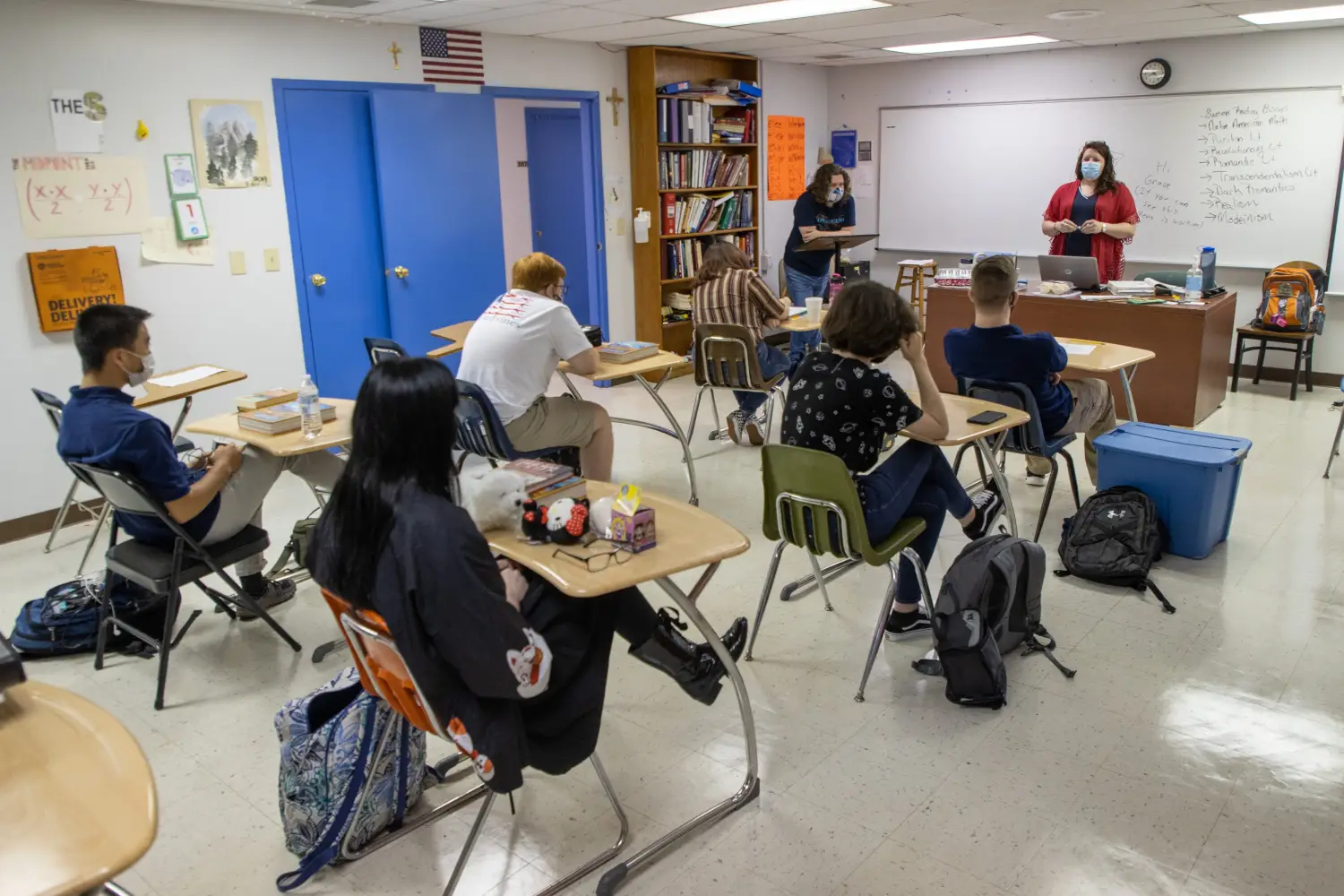
Education in America stands at the intersection of tradition and innovation, facing challenges and opportunities in equal measure. As one of the most diverse and dynamic nations globally, the United States grapples with an ever-evolving educational landscape that reflects the complexities of its society. This article explores the multifaceted aspects of education in America, delving into its historical roots, contemporary challenges, and innovative solutions.
Historical Perspectives
To understand the present state of education in America, it is imperative to trace its roots. The foundations of the American education system were laid in the 17th century, with the establishment of the first public school in Boston in 1635. Throughout history, education has been viewed as a cornerstone of democracy, seen as a means to foster an informed and engaged citizenry.
The 19th century witnessed the expansion of public education, driven by the belief that an educated populace was crucial for the success of a democratic society. However, access to education was not uniform, as racial and gender disparities persisted. The landmark Brown v. Board of Education decision in 1954 marked a turning point in the fight against racial segregation in schools, emphasizing the importance of equal educational opportunities for all.
Contemporary Challenges
Despite the progress made over the years, the American education system faces a myriad of challenges in the 21st century. One of the most pressing issues is educational inequality, which manifests in resource disparities among schools, varying quality of instruction, and unequal access to advanced courses. Socioeconomic factors often dictate the educational outcomes of students, perpetuating cycles of disadvantage.
Standardized testing has become a contentious issue, with critics arguing that it narrows the curriculum, encourages teaching to the test, and exacerbates existing inequalities. The debate over the role and impact of standardized testing has spurred discussions on alternative assessment methods that provide a more comprehensive view of students’ abilities and potential.
The digital divide is another critical challenge, highlighted by the shift to remote learning during the COVID-19 pandemic. While technology has the potential to revolutionize education, disparities in access to digital devices and reliable internet persist, disproportionately affecting students from low-income communities. Bridging the digital divide is essential to ensure that all students can participate fully in a technology-driven educational landscape.
Innovations in Education
In response to these challenges, various innovative approaches have emerged to reshape the educational landscape in America. Personalized learning, for instance, leverages technology to tailor instruction to individual student needs, fostering a more student-centric and adaptive learning environment. Blended learning models combine traditional classroom instruction with online resources, providing flexibility and catering to diverse learning styles.
Project-based learning has gained traction as a means to promote critical thinking, collaboration, and real-world problem-solving skills. By engaging students in hands-on projects, educators aim to cultivate a deeper understanding of content and enhance students’ ability to apply their knowledge beyond the classroom.
The role of teachers has also evolved, with an increased emphasis on professional development and support. Recognizing the pivotal role teachers play in shaping the educational experience, efforts are underway to provide ongoing training, mentorship, and resources to empower educators and enhance the overall quality of instruction.
Policy Implications and Reforms
Education policy plays a crucial role in shaping the trajectory of the American education system. Policymakers grapple with finding a balance between local control and federal oversight, seeking to create a framework that ensures standards while allowing flexibility for innovation. The Every Student Succeeds Act (ESSA), enacted in 2015, represents a shift towards greater state and local autonomy in education policy, aiming to address the unique needs of individual communities.
Advocates for education reform argue for increased investment in early childhood education, recognizing the foundational importance of the early years in shaping future academic success. They also call for a reevaluation of school funding mechanisms to address resource disparities and ensure that all students have access to high-quality educational opportunities.
The Future of Education in America
As the United States navigates the currents of change in education, the future holds both challenges and opportunities. Embracing innovation, fostering inclusivity, and addressing systemic inequalities are paramount to creating an education system that prepares students for the complexities of the 21st century.
The integration of technology will continue to play a pivotal role, with artificial intelligence, virtual reality, and other emerging technologies offering new possibilities for personalized and immersive learning experiences. However, ensuring equitable access to these technologies remains a crucial consideration to avoid exacerbating existing disparities.
The concept of lifelong learning is gaining prominence, emphasizing the need for continuous skill development and adaptability in the face of a rapidly evolving job market. Education is increasingly viewed as a lifelong journey, with individuals engaging in learning experiences at various stages of their lives to remain competitive and contribute meaningfully to society.
In conclusion, education in America is a dynamic and evolving landscape shaped by its rich history, contemporary challenges, and a commitment to innovation. By addressing issues of inequality, embracing innovative approaches, and adapting policies to meet the needs of a changing society, the United States has the potential to cultivate a robust and inclusive education system that empowers generations to come.











